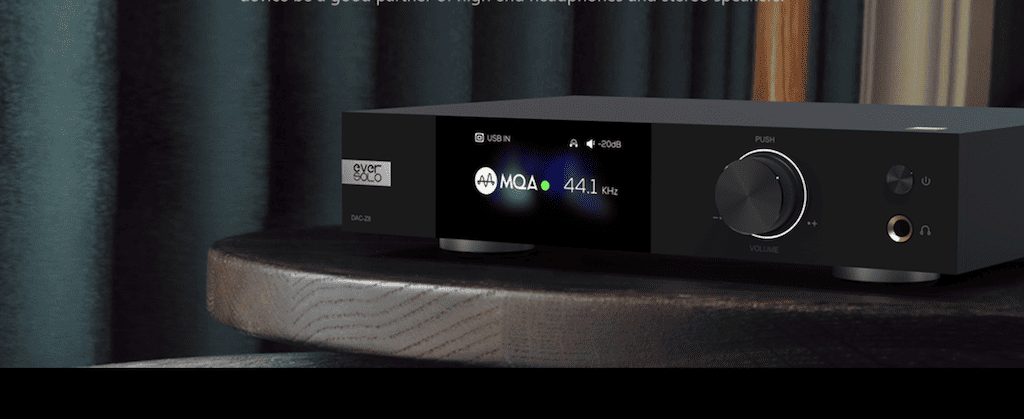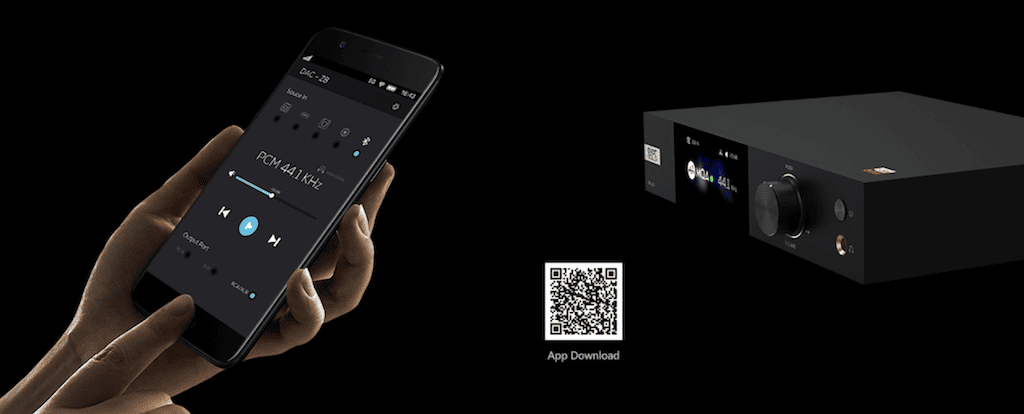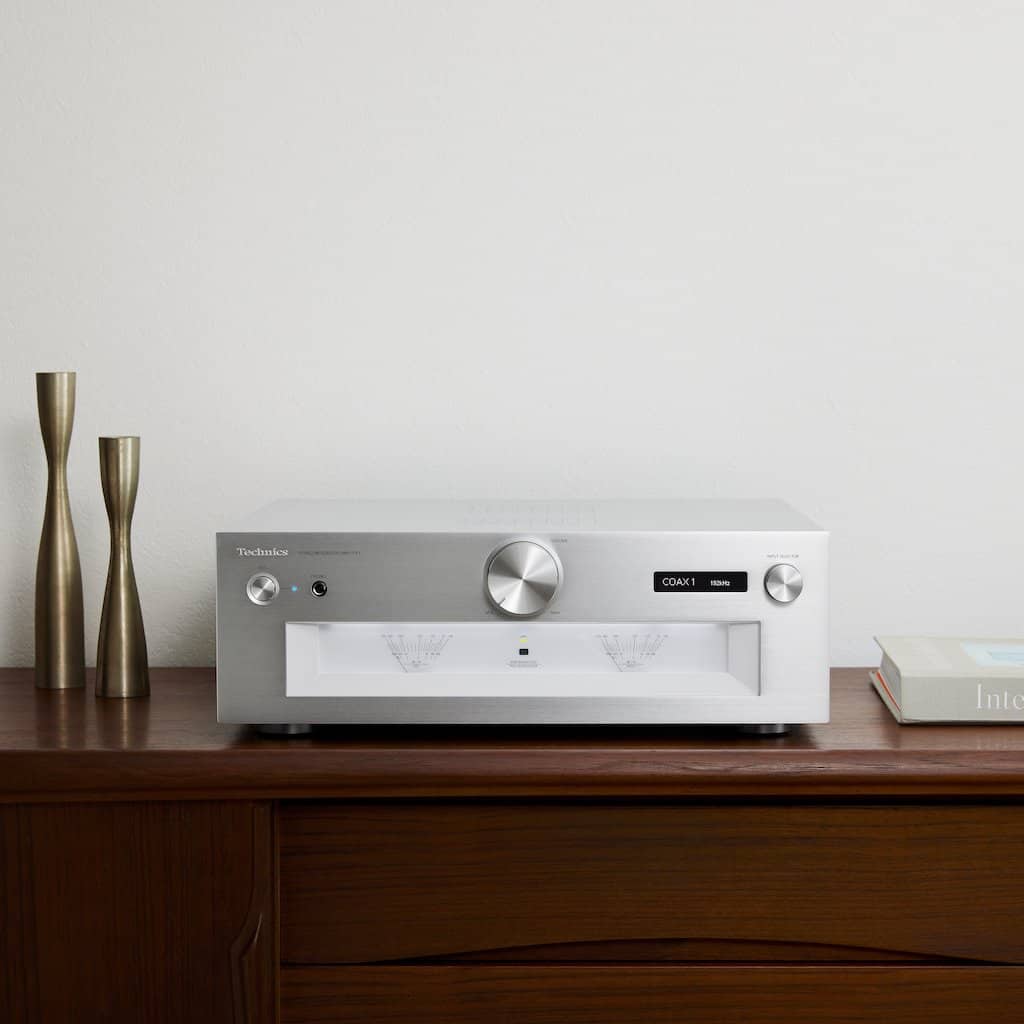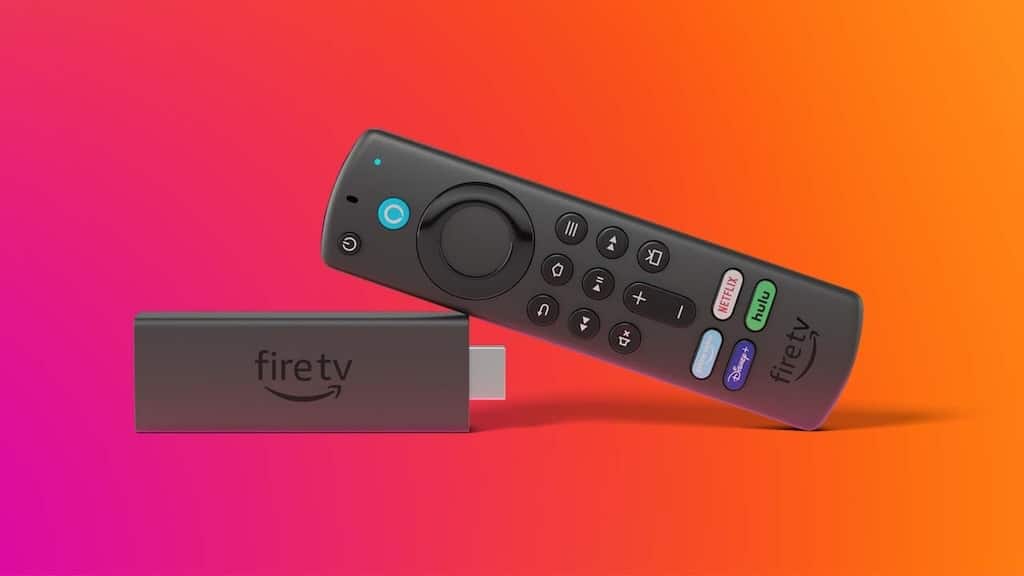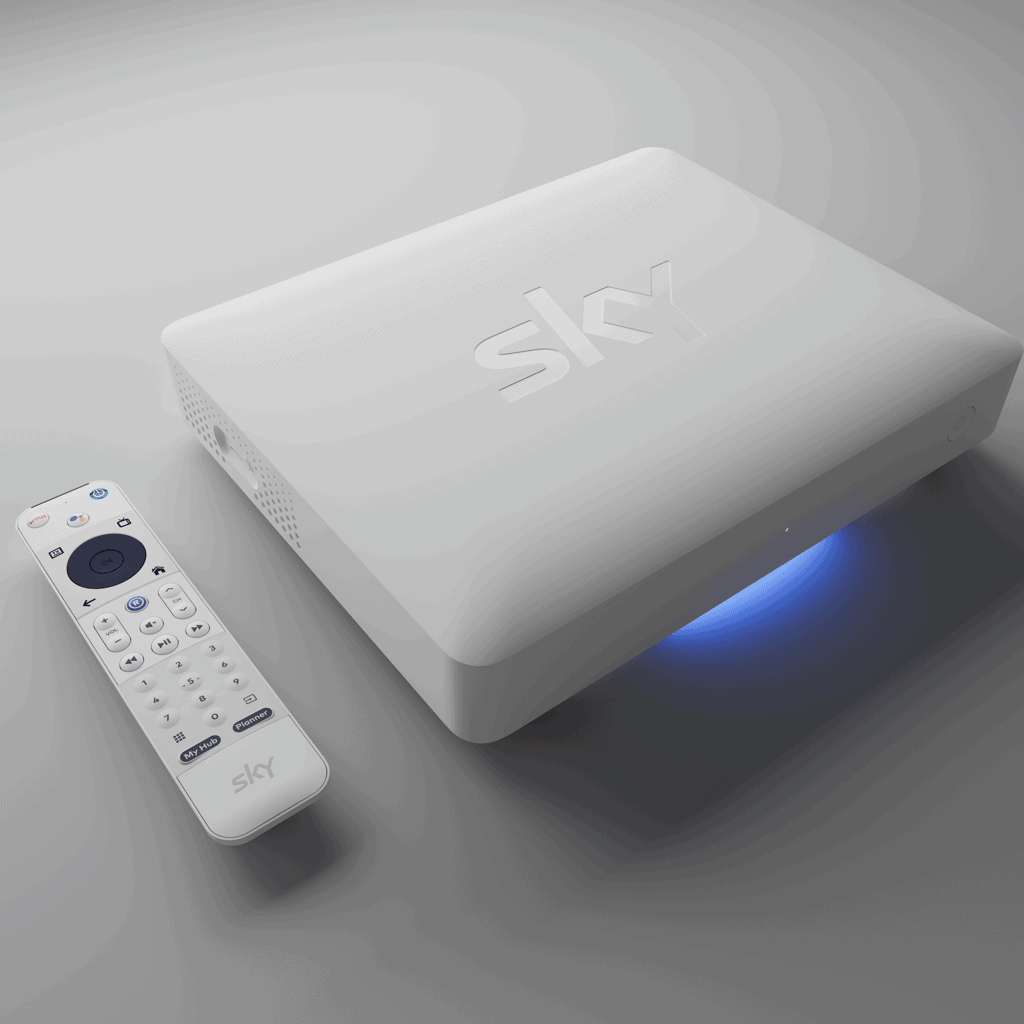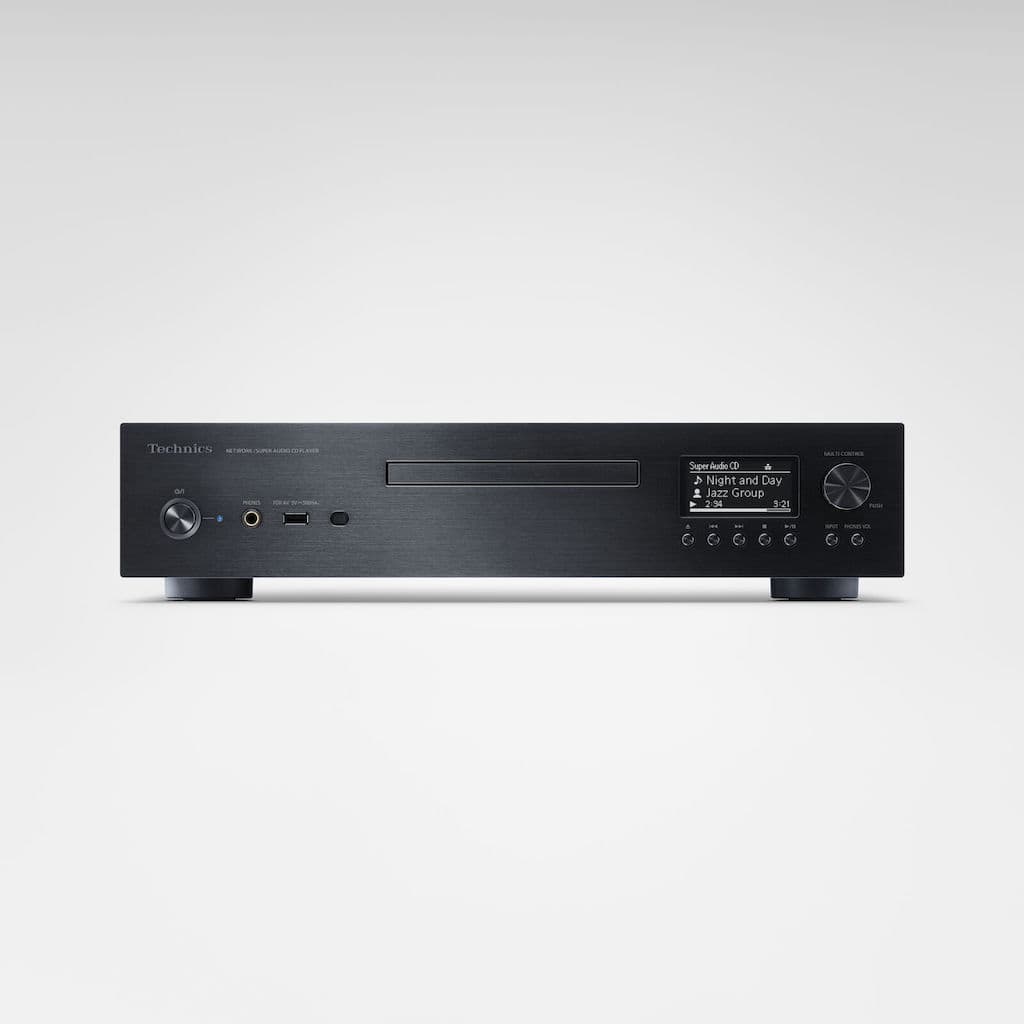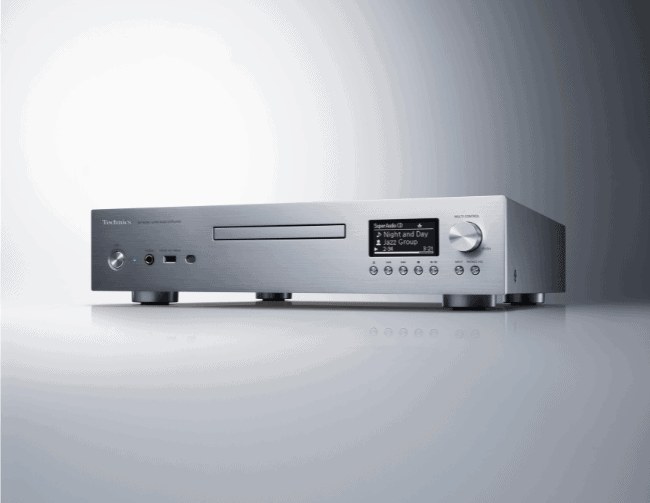Summary
Eversolo DAC-Z8
Owning a good digital-to-analogue converter is essential for any audio nerd and our own hi-fi guru ANDREW BAKER has discovered a top-flight DAC that doesn’t break the bank.
$1295
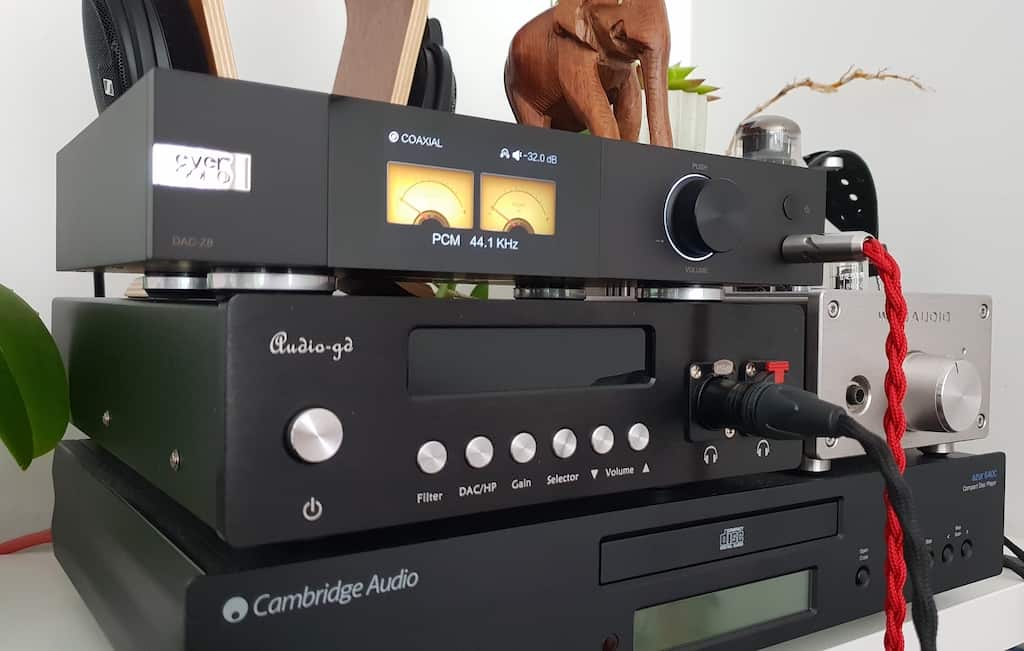
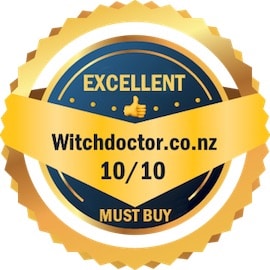 Before a certain globe-trotting virus came along, causing an alarming number of people to race out and panic-buy more toilet paper than their bowels could ever possibly keep up with, I was almost exclusively a speaker-only music listener. However, being forced to spend every hour – awake or otherwise during the first two NZ lockdowns – in the very near vicinity of some rather unpleasant neighbours led me to click Buy Now on a couple of pairs of decent second-hand headphones.
Before a certain globe-trotting virus came along, causing an alarming number of people to race out and panic-buy more toilet paper than their bowels could ever possibly keep up with, I was almost exclusively a speaker-only music listener. However, being forced to spend every hour – awake or otherwise during the first two NZ lockdowns – in the very near vicinity of some rather unpleasant neighbours led me to click Buy Now on a couple of pairs of decent second-hand headphones.
This was rapidly followed by a couple of headphone amp/DACs and soon I was able to almost completely block out the constant barrage of nonsense emanating from over the fence. We’ve since moved to a comparatively blissful semi-rural property but the headphone collection continues to grow, as it has developed into somewhat of an obsession. While still very much into speakers, I find headphones give a range of different flavours and options for considerably less cost. Plus, it doesn’t hurt that the hobby is just such fun.
Would you like to support our mission to bring intelligence, insight and great writing to entertainment journalism? Help to pay for the coffee that keeps our brains working and fingers typing just for you. Witchdoctor, entertainment for grownups. Riveting writing on music, tech, hi-fi, music, film, TV and other cool stuff. Your one-off (or monthly) $5 or $10 donation will support Witchdoctor.co.nz. and help us keep producing quality content. It’s really easy to donate, just click the ‘Become a supporter’ button below.
Thus, when Ian Brown from Critical Sound Information in Hastings offered a review unit of the DAC-Z8 from the new-to-me Chinese company Eversolo, I thought, “Nice! A Headphone amp/DAC.” Whereas, in fact, it’s more of a DAC/headphone amp.
Despite my prattling on about headphones, the DAC-Z8 is indeed not intended just for private listening. It is first and foremost a DAC which happens to contain a headphone amplifier and can be used as a pre-amp. Eversolo also offers a cheaper version – the DAC-Z6, as well as a Network Streaming DAC – the DMP-A6, which I believe Head Witchdoctor Gary Steel is currently investigating.
Eversolo is a subsidiary of Shenzhen Zidoo Technology Ltd, a Chinese company founded in 2014, which gained recognition and praise with its range of audio-visual media players and hi-fi components. Eversolo is yet another fine example of what’s on offer from the world of Chinese Hi-Fi.
First off, let me say what an exquisitely well-built piece of gear the Z8 is. It’s compact at 270 x 187 x 50mm (w x h x d) and has a wonderfully solid feel with nicely hewn edges and lines thanks to its CNC-processed aviation aluminium case. On the front, we get a lovely clear 3-inch LCD screen, a multi-function knob, a power standby button and a 6.35mm headphone jack.
On the back can be found both balanced XLR and single-ended RCA outputs, plus one input each for coaxial, optical, USB-B and USB-C as well as a USB-A for firmware updates. There’s also a jack for the APTX HD Bluetooth aerial (supplied), the mains power switch and an IEC jack for the power cable. Along with the multi-knob for full user access, a nice little remote is included and a simple but user-friendly app can be downloaded to your mobile device.
Glancing inside, the Z8 uses an ESS Sabre ES9038Pro 32-bit DAC chip along with a high-speed 16-core XMOS XU316 processor. Eversolo claims the Z8 supports up to 768kHZ/32-bit for PCM as well as DSD512 and full MQA decoding. Other features, according to Eversolo, include an ultra-low noise low ripple switch-mode type power supply, two low jitter high precision clock oscillators for accurate audio decoding and an 8x OPA1612 output circuit for improved channel separation and sound quality.
The Z8 is a fully balanced design, with both XLR and RCA outputting separately to avoid signal interference, though this can be user-adjusted in order to use both simultaneously. Users get several digital filter options at their fingertips – 7 for PCM and 4 for DSD – along with 4 different digital VU meter settings (displayed via the LCD screen). The headphone amplifier has both low and high gain settings (outputting 1.2Vrms and 2.8Vrms, respectively) and can drive headphones from 16 Ohms right up to 300 Ohms impedance. While we get to stream music from any device that has Bluetooth connectivity, there’s no option for Wi-Fi or Ethernet connection, meaning a computer or other network streaming device is needed.
There is an elephant in the room (see photo). Yup, this is yet another DAC review in an unending ocean of DACs. Although there are those out there who will vehemently argue the opposite, I don’t believe, strictly speaking, that all DACs necessarily sound the same. But granted, it can be a hard thing to pick and quite often barely even worth mentioning. Usually, any major difference correlates to a bigger spend – maybe $3k or more and that’s when the old audiophile jealousy kicks in and enthusiasts are summarily accused of wasting their money.
The Z8 is not $3k. It’s less than half that but it could well be the only DAC you ever need purchase. I pitted the Z8 up against my Electrocompaniet ECD 2 and my well-regarded, long discontinued Audio-gd NFB10 ES2 DAC/headphone amp/pre-amp. I was also able to test the Z8 with a New Zealand-made JAVA Single Shot integrated amplifier (review coming soon…ish), comparing it with that amp’s in-built DAC.
Because I couldn’t help myself, I started off using the Z8 as a headphone amp, driving Audeze LCD2C and Sennheiser HD660S headphones (which it did with absolute ease). Both of these headphones have a slightly dark tone but I noticed the Z8 brought out a bit more light from them than the Audio-gd tends to. This seemed to be due to a slightly more extended treble region giving more air and clarity. Edges of notes had slightly better focus and detail, making images stand out a bit clearer individually. It was very easy to perceive depth and layering within a recording too. This is likely at least partly due to the Z8’s seemingly very low noise floor – this thing is quiet – something which also benefits the use of in-ear monitors (IEMs) which can be sensitive to noise. Suffice it to say, I spent a great deal of time going through my headphone and IEM collection and enjoying every last one.
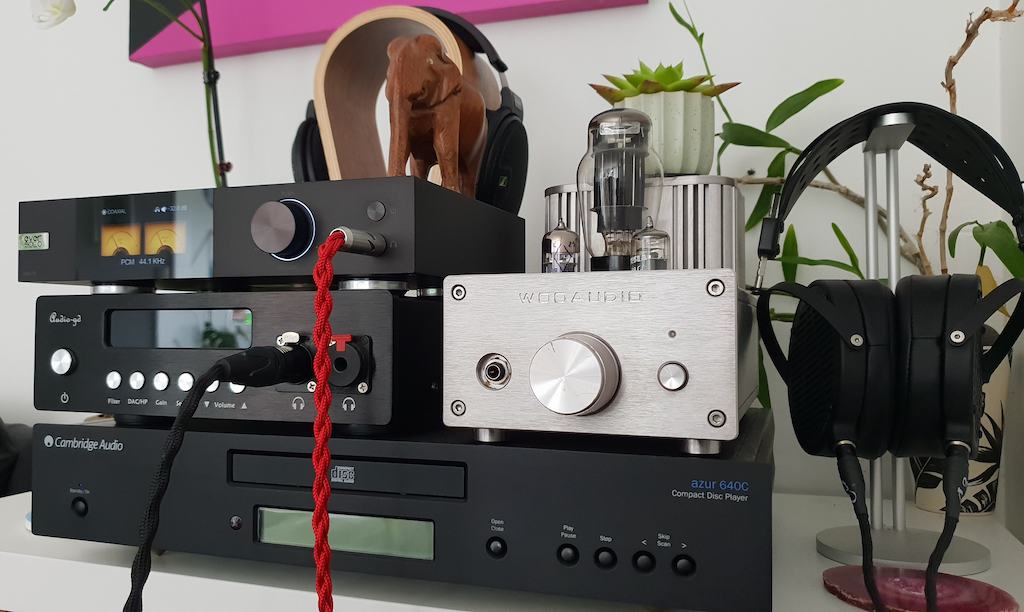 My Moondrop KATOs, in particular, sounded blissful with intricate detail in the top end, punchy, tuneful bass and everything in between sounding nice and natural. Regardless of whether or not the amp section is one of those hastily added bonus extras, I found it good enough to have me fully engaged and listening for hours. Plugging the Z8 via RCA as a DAC into my Woo Audio OTL tube amp proved to be an astonishingly good pairing. The sound was lush, airy and dynamic. There was a little more weight in the bass, the treble was wonderfully clear and crisp and the midrange was to die for. I don’t want to use a cliché and say that my jaw dropped, but… my jaw did drop. Absolutely gorgeous. Incidentally, when headphones are plugged into the Z8 it automatically switches to headphone mode. Unplug them and it reverts back to DAC mode. This is a feature distinctly lacking from the Audio-gd with which I have to ensure there is nothing plugged in when I press the mode selector button. Otherwise, a sharp pop is punched through the headphones – something I’m particularly wary of with delicate planar drivers.
My Moondrop KATOs, in particular, sounded blissful with intricate detail in the top end, punchy, tuneful bass and everything in between sounding nice and natural. Regardless of whether or not the amp section is one of those hastily added bonus extras, I found it good enough to have me fully engaged and listening for hours. Plugging the Z8 via RCA as a DAC into my Woo Audio OTL tube amp proved to be an astonishingly good pairing. The sound was lush, airy and dynamic. There was a little more weight in the bass, the treble was wonderfully clear and crisp and the midrange was to die for. I don’t want to use a cliché and say that my jaw dropped, but… my jaw did drop. Absolutely gorgeous. Incidentally, when headphones are plugged into the Z8 it automatically switches to headphone mode. Unplug them and it reverts back to DAC mode. This is a feature distinctly lacking from the Audio-gd with which I have to ensure there is nothing plugged in when I press the mode selector button. Otherwise, a sharp pop is punched through the headphones – something I’m particularly wary of with delicate planar drivers.
Firing the Z8 through speakers, via an integrated amplifier, provided a similarly rewarding experience. Listening to ‘Sundub’ by Russian electronic duo SCSI-9 from their EP Flop-Flop (2014, 200 Records), hi-hats sounded deliciously crisp and airy, that treble giving the upper frequencies a real sense of presence and immediacy. Bass hit hard and punchy with good note perception, though swapping to the Electrocompaniet DAC, I noticed the latter delved just slightly deeper – yet at the other frequency extreme, it wasn’t quite as crisp. Not a big difference, but we audiophiles live by incremental differences, do we not?
I recently discovered a compilation of Nick Drake covers (released 2023 on Chrysalis Records) titled The Endless Coloured Ways: The Songs Of Nick Drake. It features artists like John Grant, Nadia Reid and Ben Harper but the standout track for me is ‘Three Hours’ by Aldous Harding and John Parish. The pair have reimagined Drake’s mostly acoustic guitar-driven melancholic folk song into a driving Krautrock-style number while managing to retain the enigmatic, mildly unsettling nature of the original. The blissful motorik rhythm section was full of life and drive courtesy of the Z8, with crisp cymbals and snappy snare hits, while electronic effects bubbling under the surface gradually grew to a satisfying peak. Harding and Parish, singing together, were easily distinguishable and positioned with perfect focus and precision. The Z8 proved to be good at reproducing timbres and note-edge clarity delivering a full-bodied, detailed listening experience. It gave a similar rhythmic drive and bass performance to the Electrocompaniet DAC but was overall cleaner and more natural – again that sense of depth and presence was slightly easier to perceive.
Another recent discovery is Chicago four-piece BNNY and upon first listen I was immediately smitten with their sound. Singer/guitarist Jessica Viscius (her sister Alexa is on bass) has a hushed quality to her vocals, almost like she’s singing through her teeth – but it’s a lovely effect. A lot of the songs have a melancholic air but they never wallow or outstay their welcome. They’re delightfully crafted nuggets of pop that really get you in the heart and the ears. Their album Everything (2021, Fire Talk) is pretty nicely recorded and I think really benefits from a nice quiet system to get the full effect of the band’s sound. The Z8 gave a smooth, clean, rich and detailed performance and I have to say, that as a result that album has been on repeat for weeks. I enjoyed good dynamics and textural contrasts along with the illumination and presence of each individual performer.
Also on high rotation is A Light For Attracting Attention (2022, XL Recordings) by The Smile. The Smile is the project of Radiohead’s Thom Yorke and Jonny Greenwood, along with jazz drummer Tom Skinner (from Sons of Kemet). Beginning with the track ‘The Smoke’ (of which I am intimately familiar as my son’s band does a cover of it – they practice in our music room on Saturday afternoons) I was treated to a highlighting of Tom Skinner’s delightfully intricate and deceptively tricky playing – the Z8 seemingly revelled in his nimble cymbal and snare work. Yorke’s insistent bassline kept the whole thing moving while his falsetto vocal sounded natural and present. Generally, I found the Z8 to give plenty of detail, air and presence in those upper frequencies giving the listener a sense of realism and involvement. However, skipping to the speedy rocker ‘You Will Never Work in Television Again’ exposed a slightly aggressive side to the Z8s treble. The heavy cymbal hits combined with Yorke’s customary wailing and some frantic guitar work forced me to turn down the volume a bit as it strained my ears a little more than I could sensibly tolerate. It can be similarly strident via my Electrocompaniet but not to the point where I need to adjust the volume. Definitely not a deal breaker but bear this in mind (also depending on your music tastes of course) when pairing with certain speakers or headphones, particularly if you’re a little treble-sensitive.
Similar to my experience with the Technics streaming amplifier I reviewed last month, I found myself drawn a lot – though certainly not exclusively – to electronic music. The Z8 seemed excellent with any genre but I simply became addicted to that upper-level presence and crisp clarity, and EDM, in my ears, really lends itself well to that situation. When I compared the Z8 to the JAVA Single Shot, with the Z8 connected to the amplifier via RCA, playing the track ‘Dub Dimensions’ by Ikosaeder from the EP Left Right Hell (2021, spclnch), I noticed the JAVA gave a slightly cleaner presentation (as if that could be possible). Sounds and effects projected further into the room and the bass had more authority and slightly better note definition. I also thought the contrasting textures within the music seemed somehow silkier through the JAVA. As I have said before – these were not huge differences and the price gap between the Z8 and the JAVA is quite immense, considering.
I’m not usually one for streaming music via Bluetooth, partly I suppose, because in the back of my mind is the niggling thought: yes, but does this sound as good as Ethernet or Wi-Fi? Yup, just another audiophile insecurity. Bluetooth through the Z8 worked perfectly well. No issues with connection or latency and it sounded decent. Certainly, decent enough for extended listening.
I attempted to determine a difference between the various filter options – using headphones and speakers – but hand-on-heart I could not hear anything discernible whatsoever. I’m not sure what their best use case is but not one of my setups benefitted and I don’t see the point. The digital VU meters (I preferred number 4) may seem a novelty but I enjoyed seeing the “needles” move and in any case if these aren’t to your taste, they can be turned off. There are several other display options on offer and that screen is wonderfully crystal clear.
The Eversolo DAC-Z8 provides an engaging and immersive listening experience – an experience which, frankly, is shockingly good for the money. It faces some stiff competition but I reckon it holds its own with relative ease. With excellent rhythmic drive, soundstage depth and layer perception along with an overall sense of ease, that clean, crisp sound and clear note edges plus a slew of features, you can hardly go wrong with the Z8. Not only is it an excellent DAC, but it also contains a decent headphone amplifier and all for a rather modest price. Its small size may lend it towards being ideal for a desktop or side table setup but it doesn’t look at all out of place in a rack in a full hi-fi system. I’ve seen people online claim this is the last DAC you will ever need. I tentatively agree, only in that you will have to pay a lot more for something “better” and even then differences may only be incremental.

